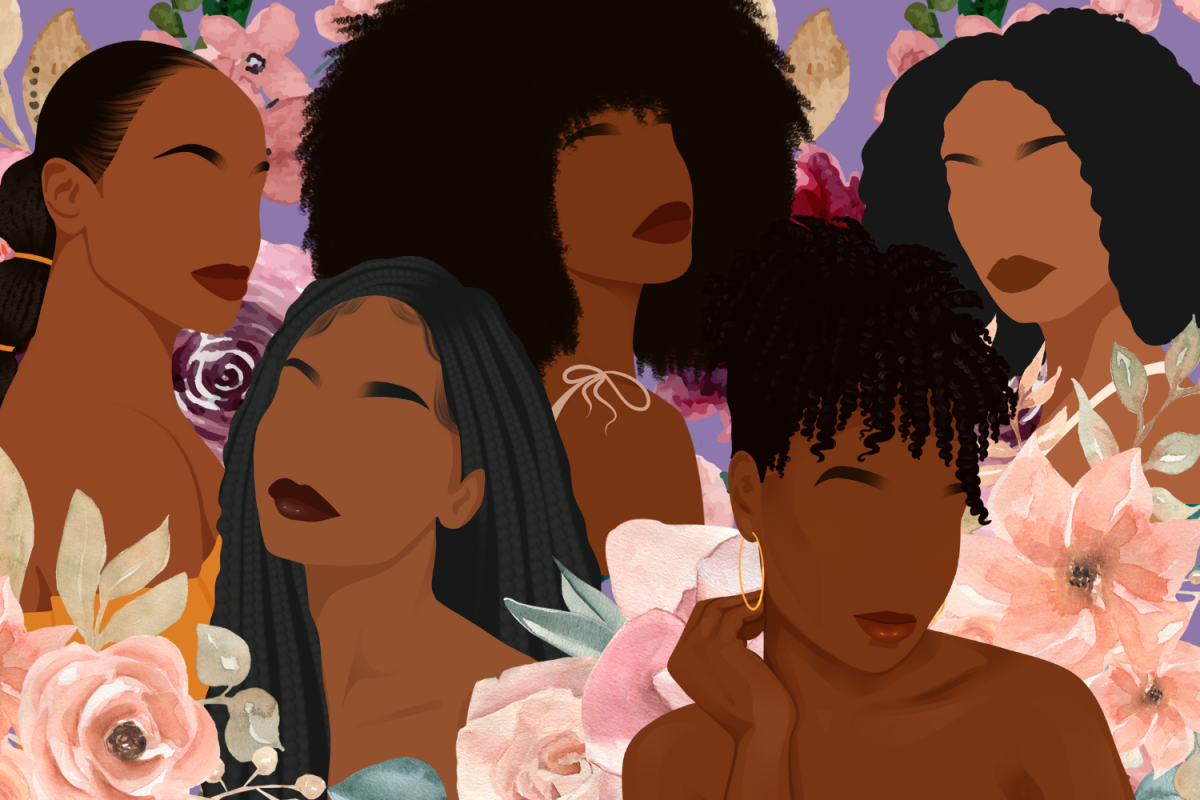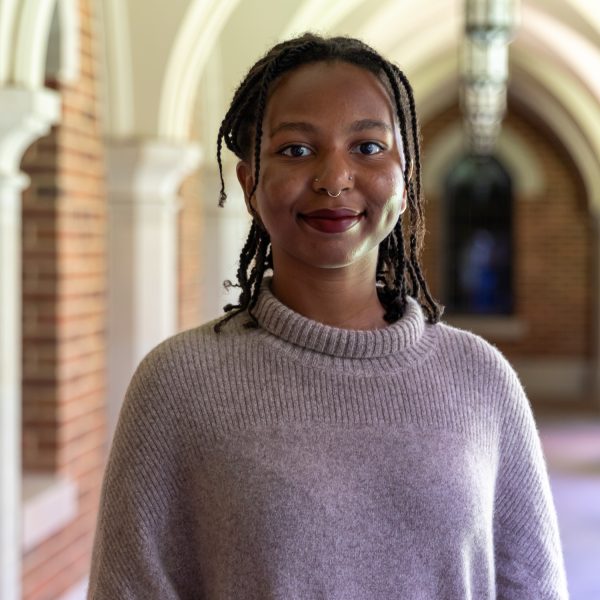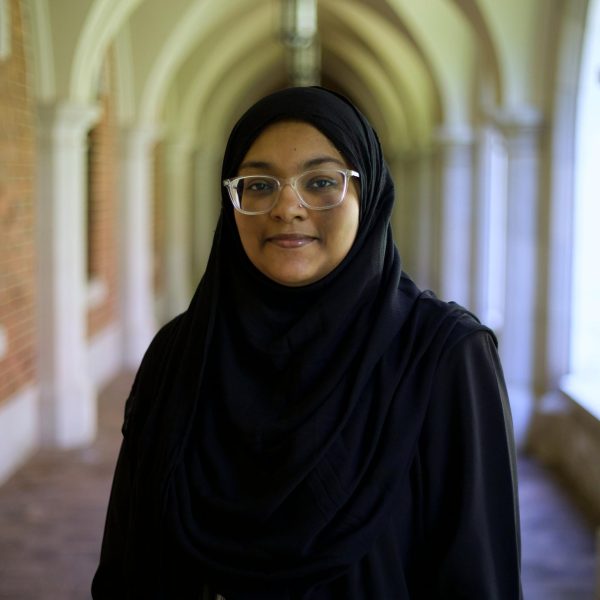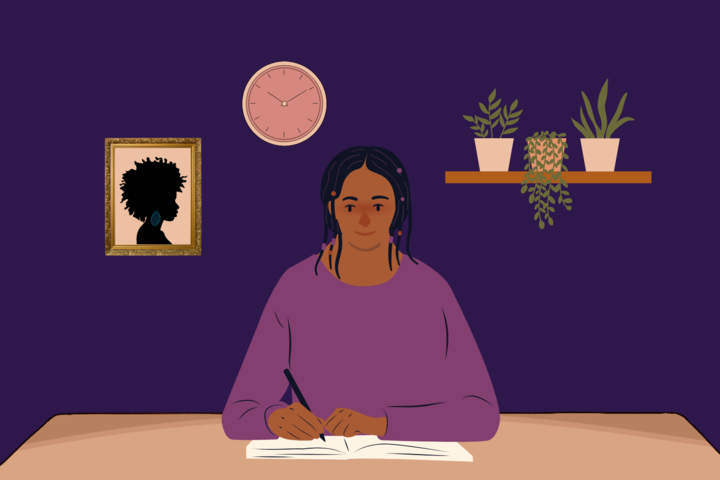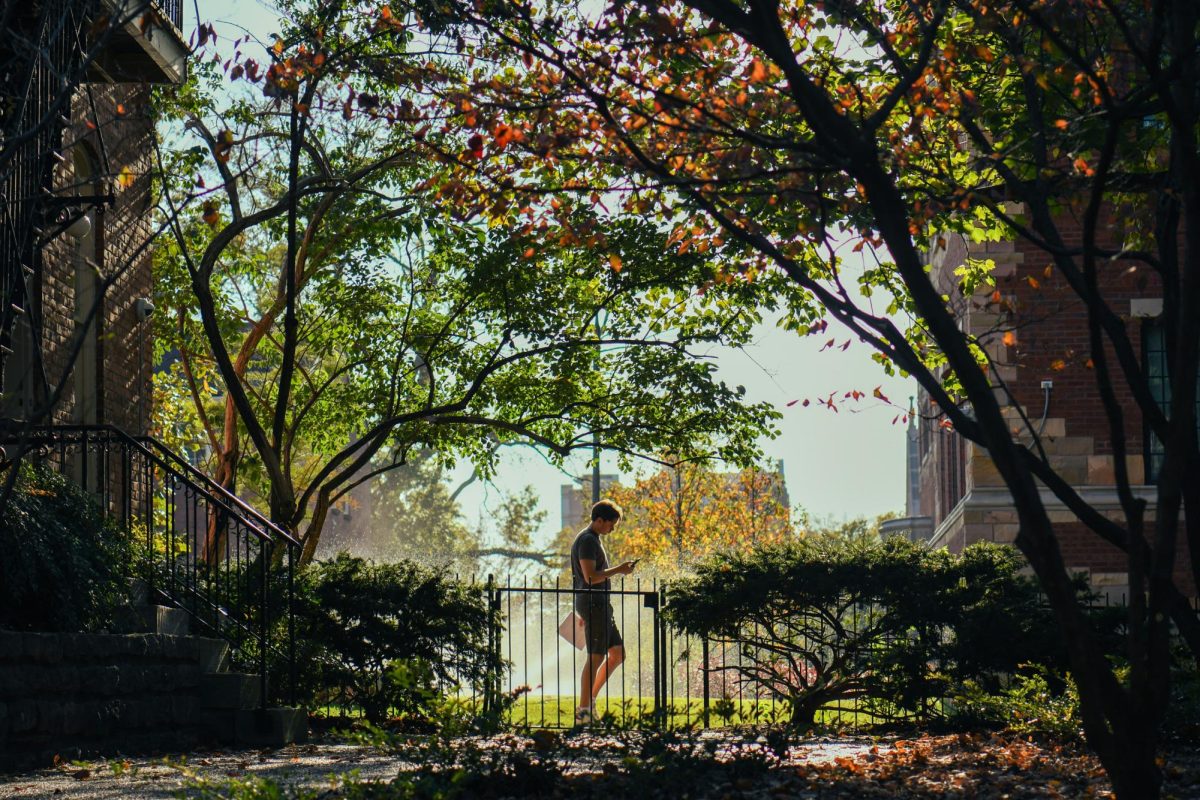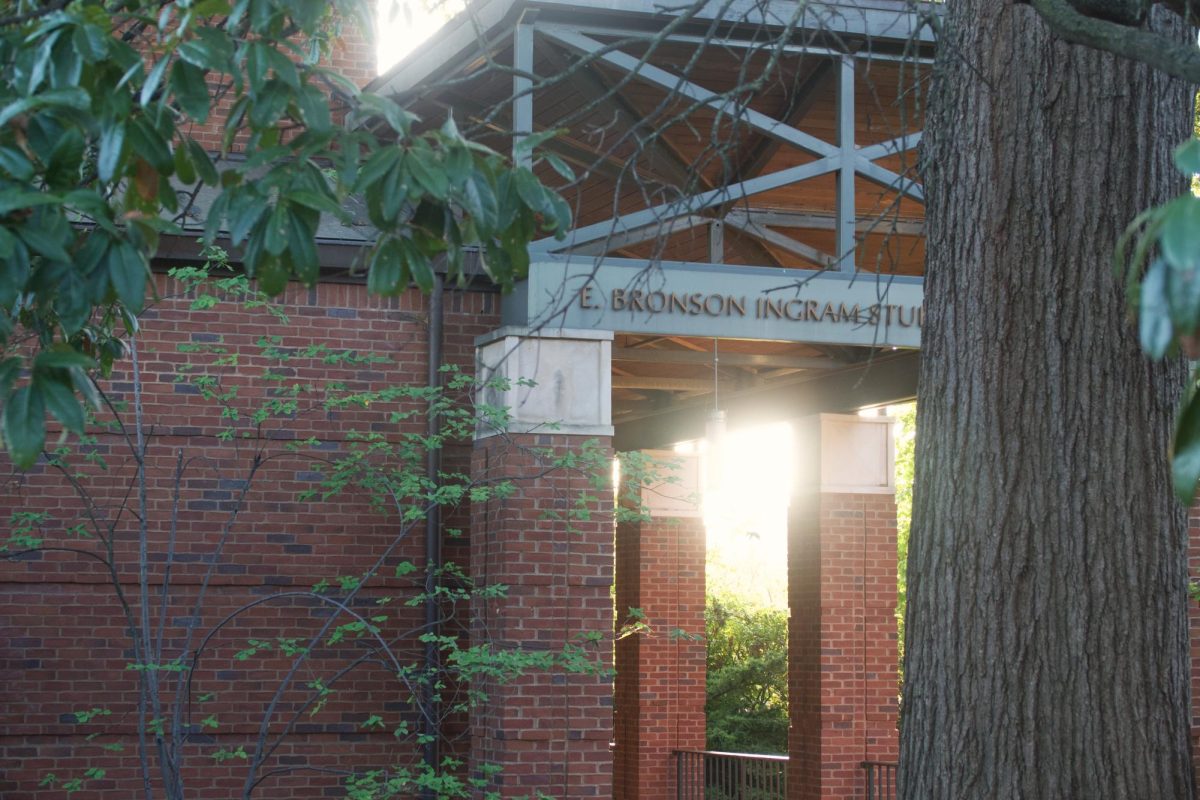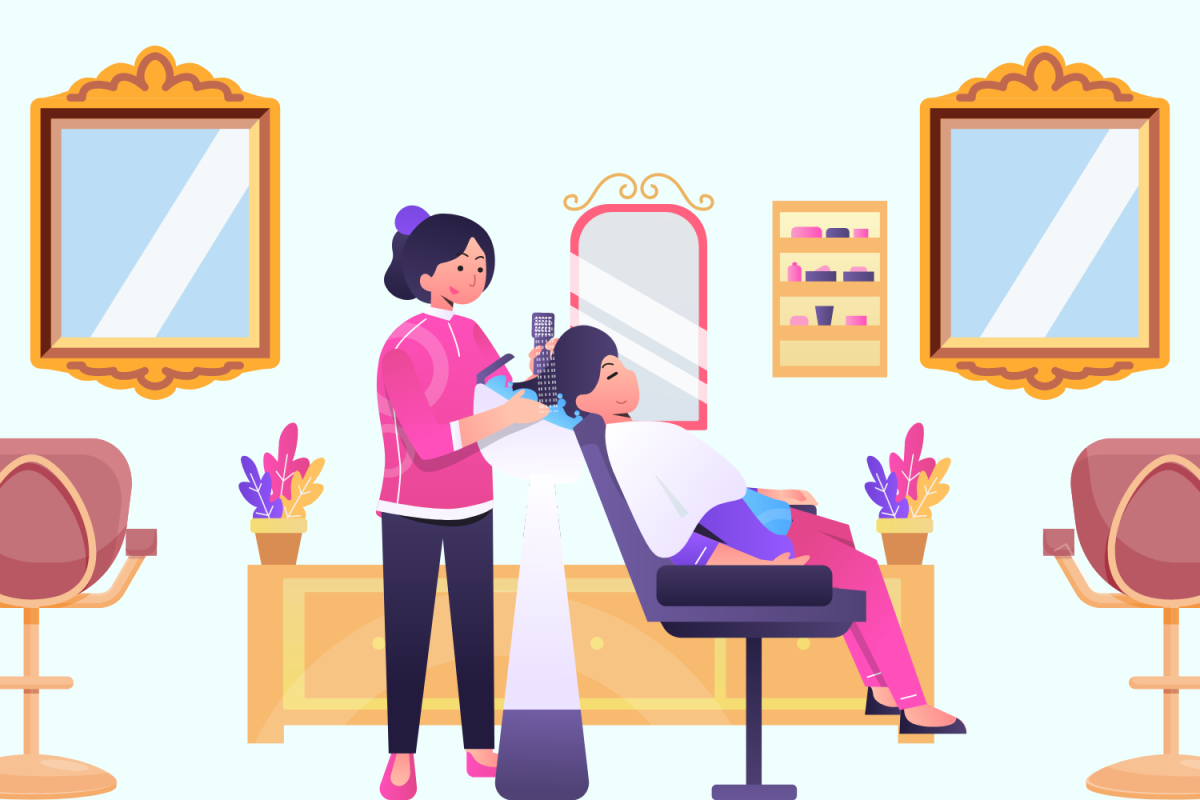Hair is at once a nuisance, a labor of love, a burden and a liberation. It’s something so central to our self-perception that its imperfections can ruin our day or leave us always fidgeting to fix it. For many Black students, hair is an ever-evolving touchstone of Black culture. However, college forces us to budget our time and money for self-care and school work. It’s no wonder that Black Vandy’s hair care reflects a balancing act of academics, social life and personal identity.
“Weather and workload for sure [affect my hairstyle]. Everybody knows summer is for braids and winter for a silk press,” sophomore Hossana Assefa said.
Assefa said she tends to braid or straighten her hair around major exams so she can leave more time for studying. Many students prioritize convenience when crafting the perfect style — not necessarily by choice.
“I used to love trying new styles. However, after a terrible stylist experience, I’ve strayed away from embracing and experimenting with my hair, and it’s made me more lazy,” senior Joidyn Wester said.
Sometimes a heavy workload can mean setting aside the creativity and self-expression involved in hairstyling for the sake of extra time.
“I love being able to switch my hair up, and often,” sophomore Sonji Hargrove said. “Since coming to Vandy, I think that I still have this love, but I am not able to have as much versatility in my hairstyles.”
While some students rely on protective styles that let them wake up and go, others seek ways to do their hair on a budget.
“I’ve been doing my hair since middle school and am really grateful for the skill, as doing your own hair cuts down a lot of costs,” senior Zen McGee said.
Mini twists have become a trendy, cost-effective and low-skill style for students doing their hair in between hair appointments or all semester long. One student mentioned appreciating twists because they’re a manageable protective style that still allows for movement and length in his hair. Junior Raychael Gross also relies on protective styles throughout the school year and does her hair to save money. In college, she quickly had to adjust to others seeing her haircare process.
“Taking down my braids in a dorm is stressful, especially when I [had] a roommate that [was] not used to seeing [a] weave,” Gross said. “She would always question me when I would take down my braids and ask me what I [was] doing.”
Before coming to campus, I too worried that when my private routine entered communal bathrooms and shared dorm rooms it would dredge up the long glances and asinine questions I experienced growing up. Luckily, many students, myself included, developed a stronger relationship with their hair in college.
“My hair does hold deep significance to me and it [her appreciation of her hair] definitely happened when I got to college,” junior Ariam Hashel said. “I had to learn how to take care of my hair on my own since my mom would usually help me.”
Gross also recounted that being exposed to other people experimenting and showcasing their natural hair helped her feel confident to do the same. Hargrove added that she also noticed her self-consciousness about her hair began to shed when she came to college. While a new environment has opened student’s perceptions of their hair, it has also presented challenges.
“In Nashville, things are a bit trickier on the hair front,” senior Cheyenne Figaro said. “I couldn’t find any braiding salons, so I’ve used individual stylists…going to individual stylists is always a little bit inconvenient because they don’t provide hair, don’t wash and usually have fees for certain style lengths, which isn’t something I’ve grown accustomed to at salons at home [in NYC].”
Other students lamented that CVS and Target have become their make-shift beauty supply stores, with fewer and pricier options. First-year Michaela Flowers circumvents these limited options by having her family mail her hair products from her local beauty supply in St. Louis.
It’s not all bleak, though. I never got my hair done in Nashville and assumed most students could say the same. Ironically enough, I ended up needing my hair done in a pinch while writing this article and thus, decided to put the city to the test. I got my hair cut at John Lane Studio and picked up some braiding hair from Joyland Beauty Supply — a 10-minute drive and 31-minute walk, respectively. After a few Google searches, I found TA African Hair Braiding which easily fit my schedule. I was shocked by the ease with which I hastily compiled a braider, stylist and beauty supply store. While paying for Ubers was a nuisance, this reflected more on the city’s lack of walkability and imperfect public transit than a lack of Black hair care resources.
It is easy to overlook that Nashville’s metropolitan area is about a quarter Black due to the warped perception that predominantly white institutions like Vanderbilt can present. Although there’s security in local stylists, it never hurts to try exploring Nashville’s pockets of Black culture. Breaking out of the Vanderbilt bubble isn’t just about visiting Broadway, but about investing yourself in the city you inhabit. Why not start with something as meaningful as haircare?

